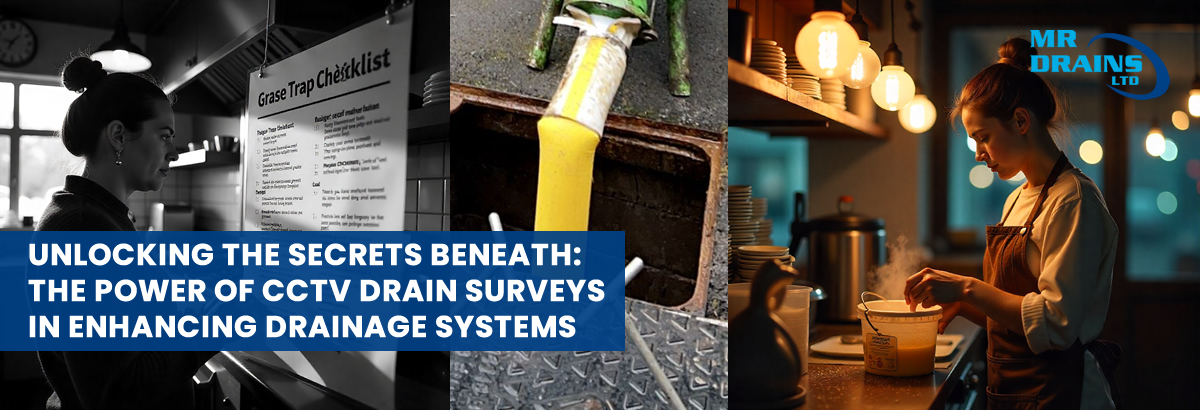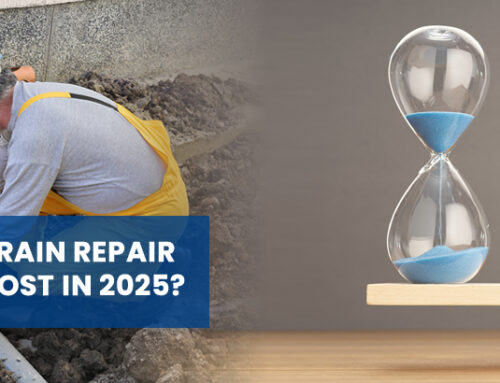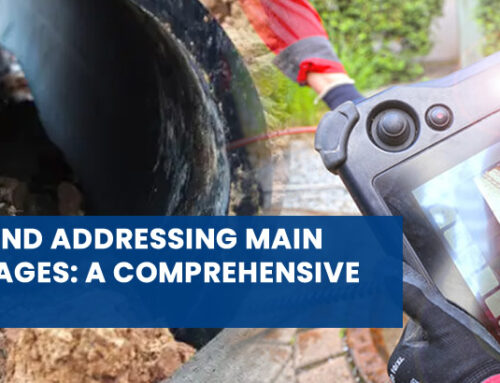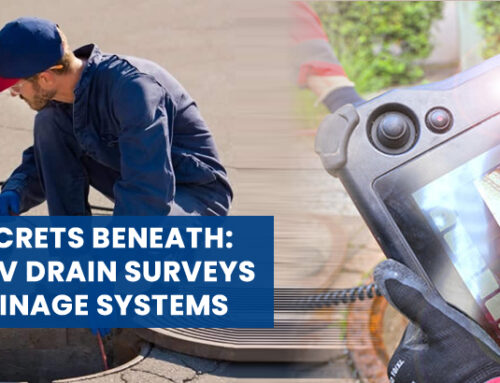Running a successful restaurant isn’t just about delicious food and great service—it also involves keeping the behind-the-scenes operations smooth and compliant with health and safety regulations. One of the most overlooked yet critical parts of restaurant operations is grease trap maintenance. When grease traps are neglected, they can quickly lead to blocked drains, foul odors, plumbing emergencies, and costly repairsthat no business owner wants to face.
In this blog, we’ll explore why grease trap maintenance is so important, how often it should be done, what signs indicate problems, and the role of professional drainage servicesin keeping your commercial kitchen running without disruption.
Why Grease Trap Maintenance Matters
Grease traps (also called grease interceptors) are plumbing devices designed to capture fats, oils, and grease (FOG) before they enter the main drainage system. Over time, these substances solidify and create severe blockages that can affect both your business and the wider community.
Neglecting grease trap cleaning can cause:
- Blocked drainsthat disrupt kitchen operations.
- Nasty odors that drive away customers.
- Increased risk of pests like cockroaches and rats.
- Plumbing damage requiring expensive repairs.
- Fines or penalties for non-compliance with local health regulations.
In short, proper drain maintenanceisn’t just about hygiene—it’s about protecting your investment and keeping your restaurant safe and efficient.
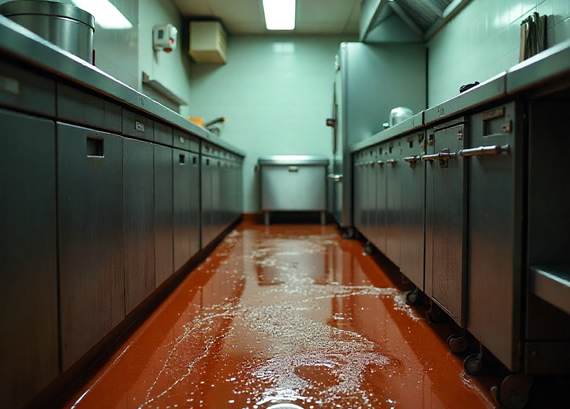
How Often Should Grease Traps Be Cleaned?
There is no one-size-fits-all answer, as it depends on the size of your grease trap and how much food you prepare daily. However, industry best practices recommend:
- Small restaurants or cafés– every 4 to 6 weeks.
- Busy kitchens and large restaurants– every 2 to 4 weeks.
- High-volume establishments like hotels or catering services– even more frequently.
Some local councils and health departments also mandate minimum cleaning schedules, so always check compliance rules in your area.
Signs Your Grease Trap Needs Immediate Attention
Even if you follow a schedule, sometimes grease traps require emergency cleaning. Watch out for these warning signs:
- Slow Drains– If your sinks or floor drains are draining slowly, a build-up may already be affecting your plumbing.
- Unpleasant Odors– Strong smells near sinks or preparation areas usually indicate decomposing grease inside the trap.
- Backed-Up Water– Overflowing water or backups mean your grease trap and pipes are clogged.
- Frequent Pest Sightings– Fats and food waste attract pests that thrive in unclean drains.
- Grease Overflow– If grease starts to appear in areas it shouldn’t, it’s a red flag that the trap is full.
Ignoring these symptoms can quickly turn a small issue into a major commercial drainage emergency.

Professional Drain Cleaning vs. DIY Solutions
Many restaurant owners wonder if they can simply handle grease trap cleaning themselves. While some basic scraping and cleaning can be done in-house, professional grease trap servicesare highly recommended.
DIY cleaningmay only remove surface-level grease, leaving behind residue that continues to build up. Professionals, on the other hand, use specialized tools and drain jetting servicesto thoroughly remove grease, sludge, and debris from both the trap and the connecting pipelines.
Benefits of hiring professionals:
- Complete removal of hardened grease deposits.
- Reduced risk of future blockages.
- Safe, eco-friendly disposal of grease waste.
- Inspection of your drainage systemfor cracks, leaks, or damage.
- Compliance with environmental and health regulations.
Best Practices for Restaurant Owners
To keep your grease trap and drainage system in top condition, restaurant owners should adopt the following practices:
1. Train Your Staff
Educate kitchen staff about what should and shouldn’t go down the drain. Food scraps, oils, and coffee grounds should always be disposed of properly, not washed into sinks.
2. Use Sink Strainers
Installing strainers in sinks helps capture food particles before they reach the trap, reducing build-up and minimizing the need for frequent cleanings.
3. Schedule Regular Maintenance
Don’t wait until there’s a problem. Partner with a reliable commercial drainage companyto set up a maintenance schedule that suits your restaurant’s needs.
4. Keep Records
Maintain logs of all grease trap cleaning and inspections. This helps with compliance, monitoring, and identifying recurring issues.
5. Consider CCTV Drain Surveys
For persistent issues, a CCTV drain surveycan help identify hidden blockages or pipe damage that may not be obvious.
The Connection Between Grease Traps and Drainage Health
It’s important to remember that grease traps don’t work in isolation. They are part of your wider drainage network. A poorly maintained trap can push fats and oils further into your pipes, leading to:
- Clogged main linesrequiring costly excavation.
- Sewage backups that disrupt your business.
- Emergency callouts for blocked drainsduring peak hours.
Regular grease trap care is essentially preventative drain maintenance, helping you avoid downtime, protect your reputation, and keep costs under control.
Choosing the Right Drainage Partner
Not all drainage companies offer the same level of expertise. When selecting a partner for grease trap servicesand drain cleaning, look for:
- 24/7 emergency support.
- Experience in handling commercial drainage systems.
- Licensed disposal of grease waste.
- Advanced equipment like high-pressure water jetting.
- Positive reviews and proven track record with other restaurants.
By choosing wisely, you gain peace of mind knowing your drainage system is in capable hands.

Final Thoughts
Grease trap maintenance might not be the most glamorous aspect of running a restaurant, but it’s one of the most essential. A neglected trap can cause blocked drains, health hazards, pest infestations, and costly downtimethat no restaurant can afford.
By scheduling regular cleanings, training your staff, and working with professional drain maintenance experts, you protect not only your plumbing but also your business reputation and customer experience.
At the end of the day, a clean and efficient drainage systemis just as important as your kitchen equipment in delivering smooth, uninterrupted service.

